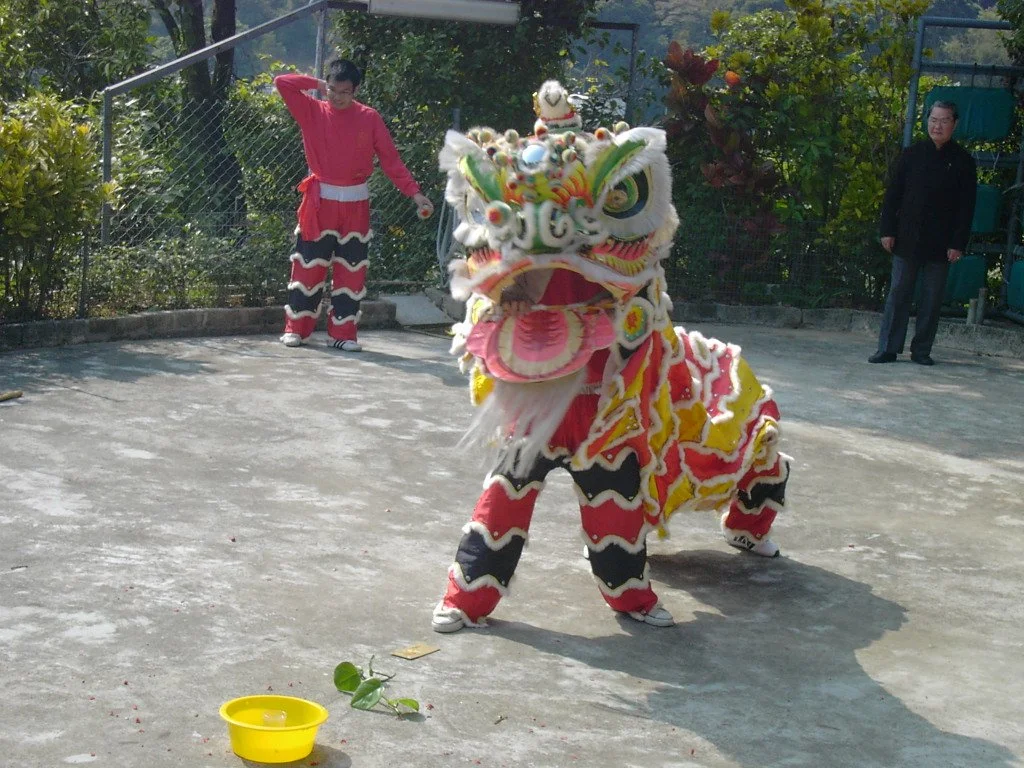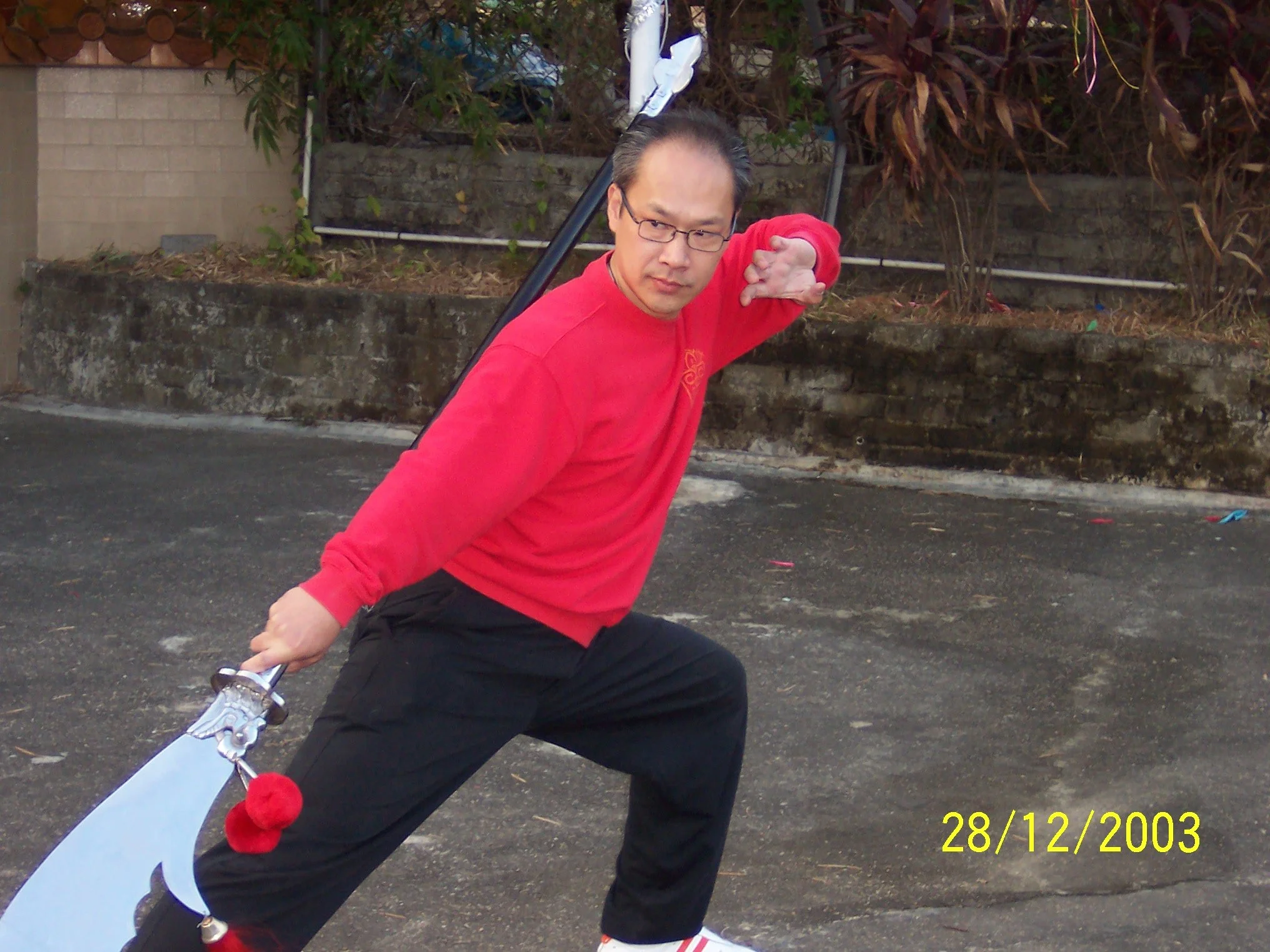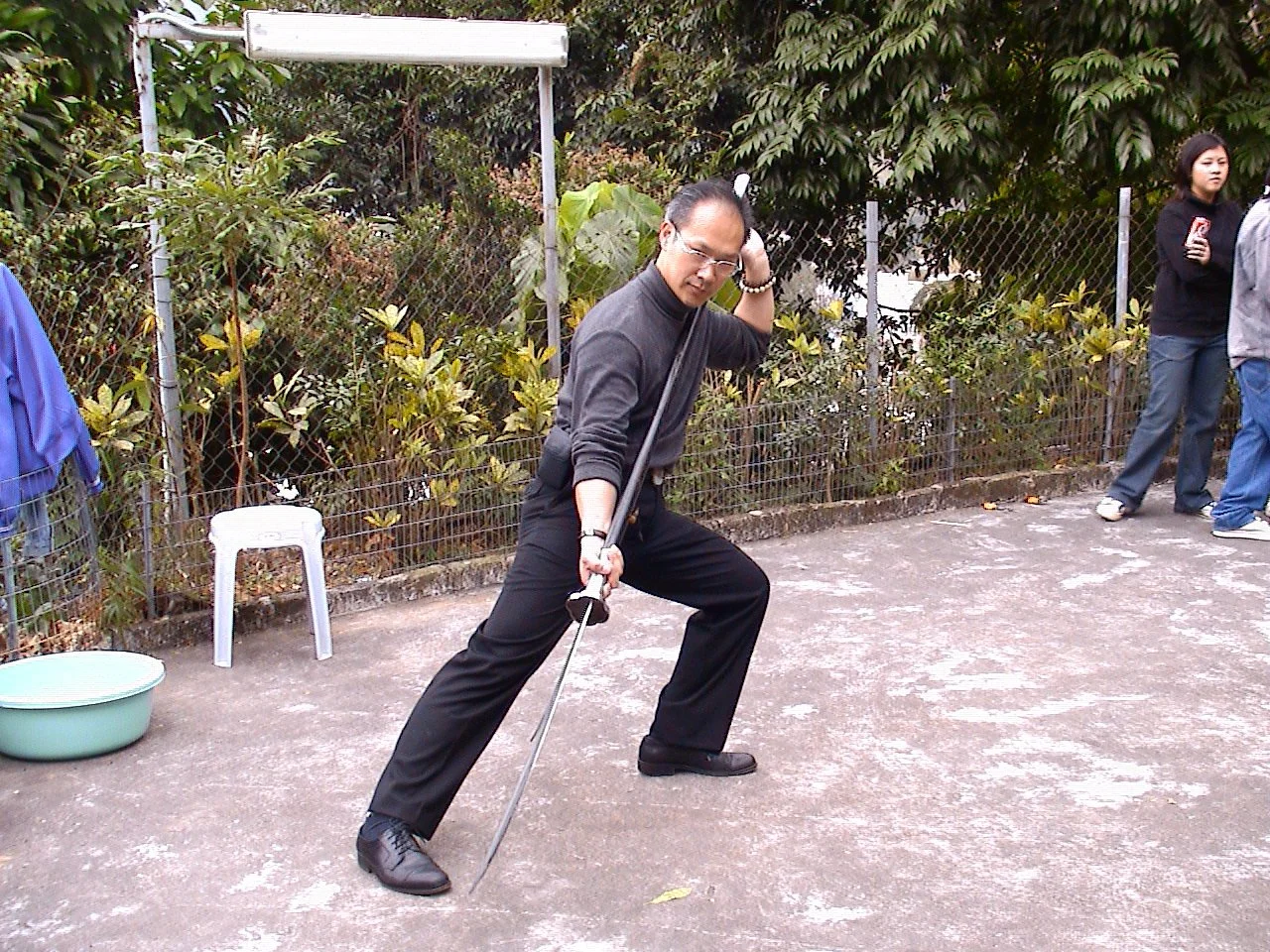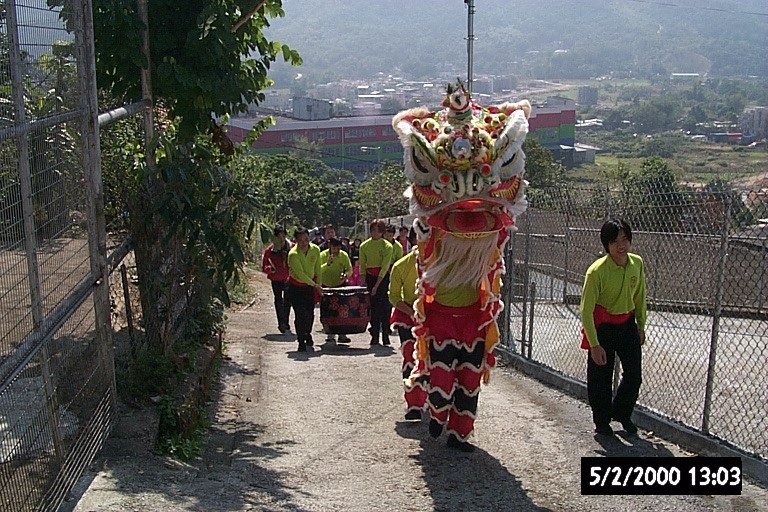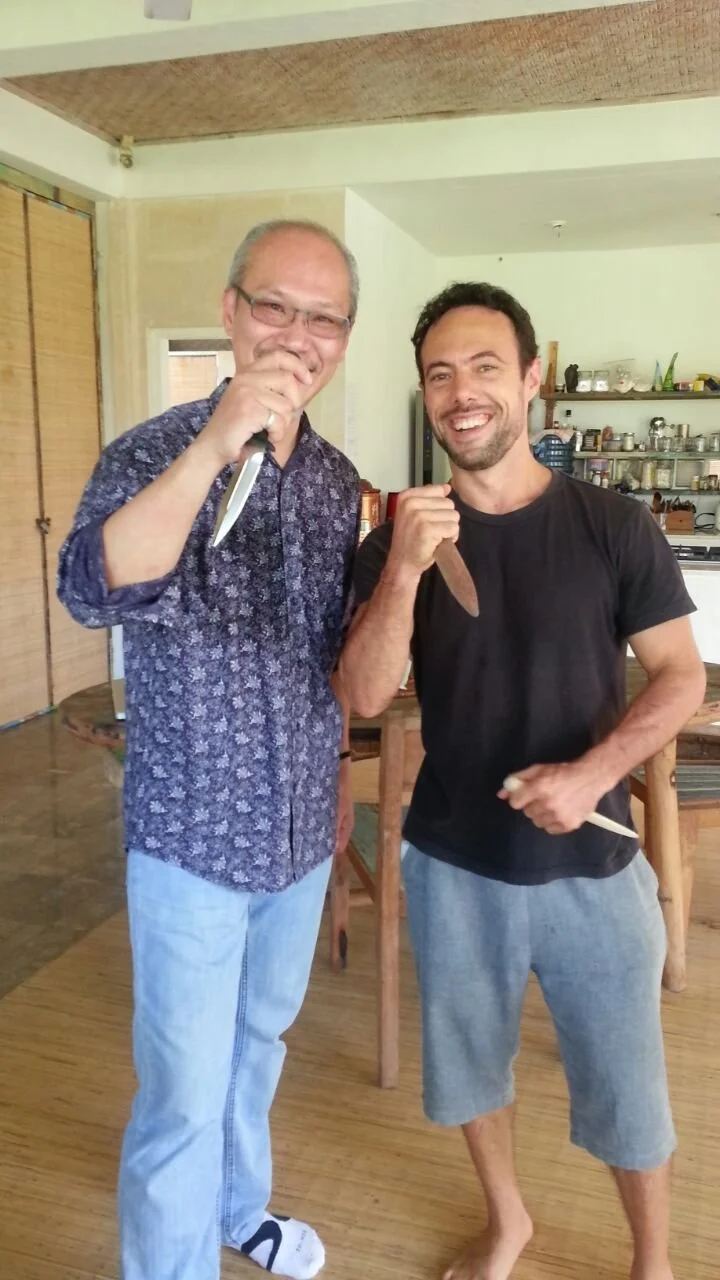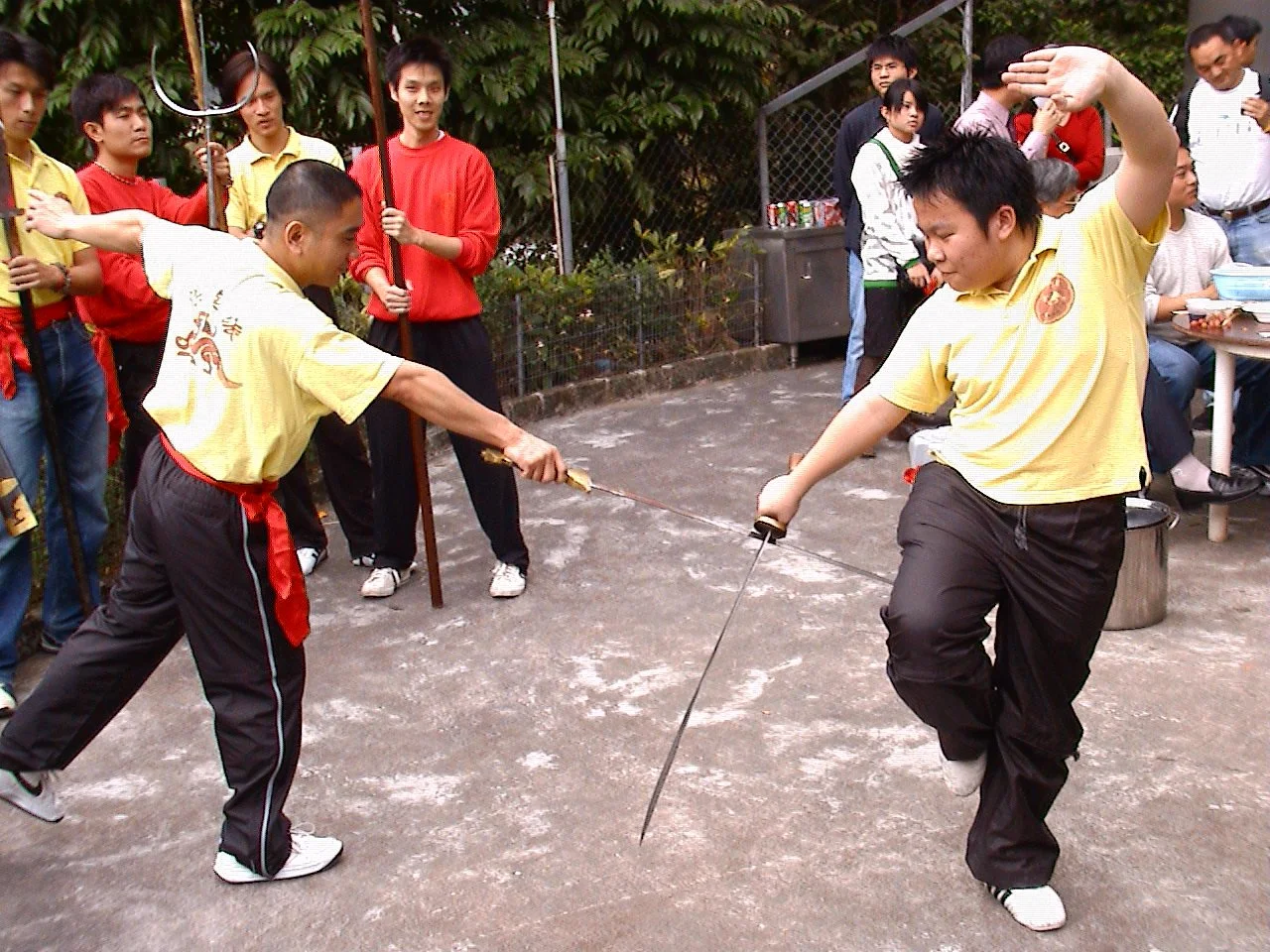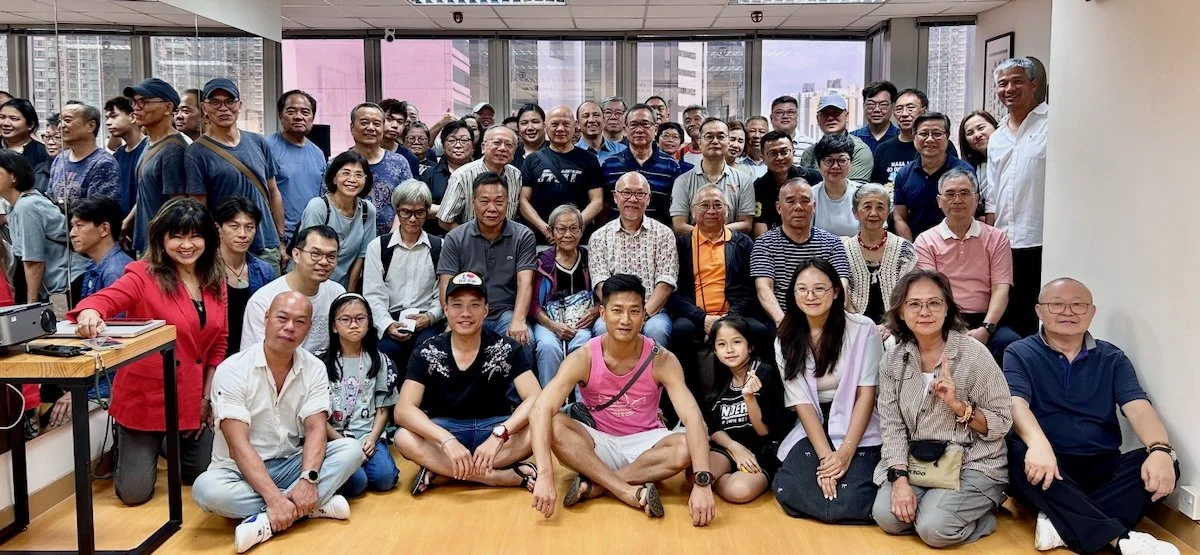
Heritage
Transfer of skills
Traditionally, skills have been passed down through a master-apprentice system, where the master shares insights and techniques with the apprentice. This personalised teaching approach emphasises not only technical mastery but also character development and cultural immersion. As society has progressed, martial arts have become more integrated into modern educational systems, making them accessible through schools and organisations.
Martial Arts
Martial Arts are an essential aspect of Chinese culture, rich in history and cultural significance. They represent not just a form of combat practice but also a philosophy and lifestyle. The transmission of martial arts encompasses both the learning of techniques and the preservation of spirit and culture.
Qi Gong
Qi Gong, a practice rooted in ancient Chinese culture, encompasses a range of techniques that integrate physical postures, breathing exercises, and meditation to cultivate and harness vital energy, or "qi." Its heritage dates back thousands of years. Initially developed for martial arts training, Qi Gong evolved into a holistic approach aimed at promoting health, longevity, and spiritual growth. Over time, it has gained global recognition for its therapeutic benefits, bridging the gap between mind, body, and spirit, and fostering a deep connection with nature. Today, Qi Gong is practised widely, reflecting its enduring legacy as a means of achieving balance and well-being.
International influence
Today, with a growing global interest in Chinese culture, the influence of martial arts and Qi Gong continues to expand, attracting many international enthusiasts. This not only helps to preserve and develop martial arts techniques but also fosters cultural exchange between China and other nations.
Summary
In summary, the transmission of Qi Gong and martial arts is a dynamic process that balances respect for tradition with innovation, ensuring that this valuable cultural heritage thrives in contemporary society.




